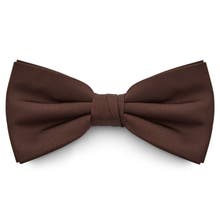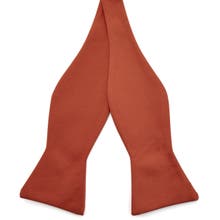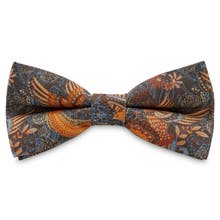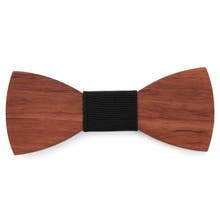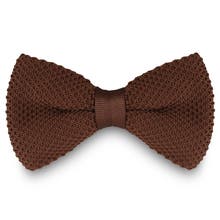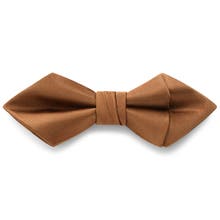Cummerbunds
36 products
36 products
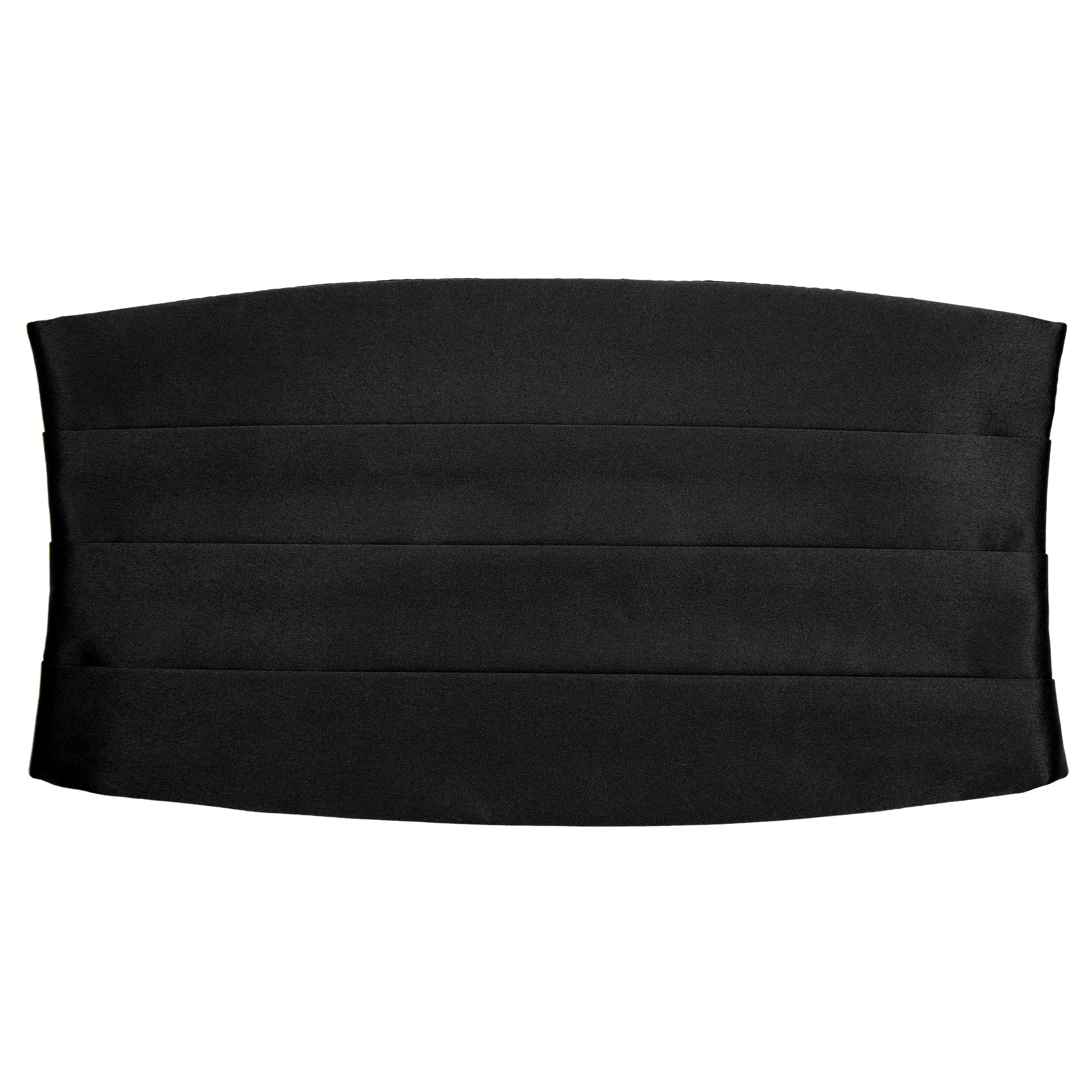
Black Basic Cummerbund
£17.99
23 Colours
Trendhim
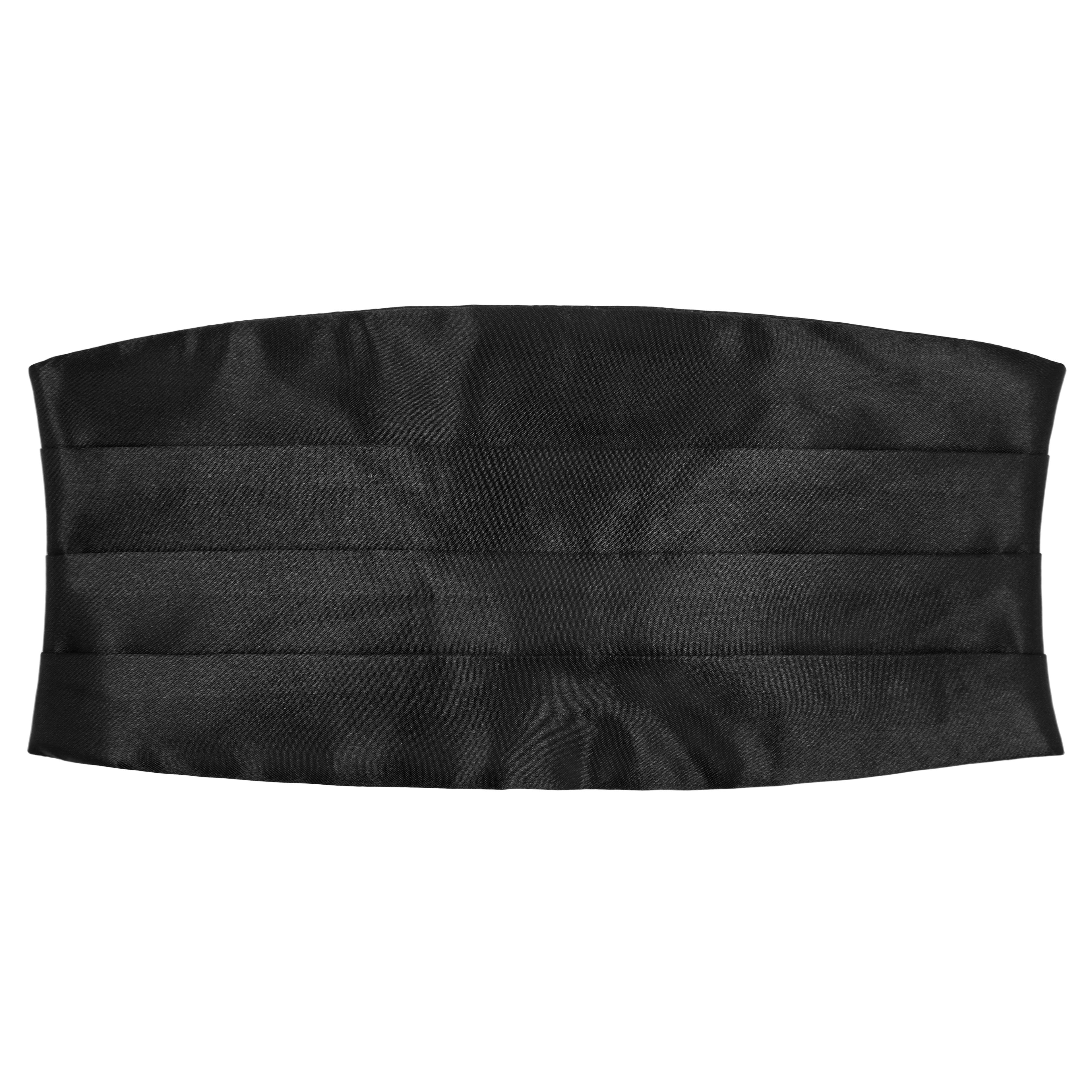
Shiny Black Basic Cummerbund
£17.99
5 Colours
Trendhim
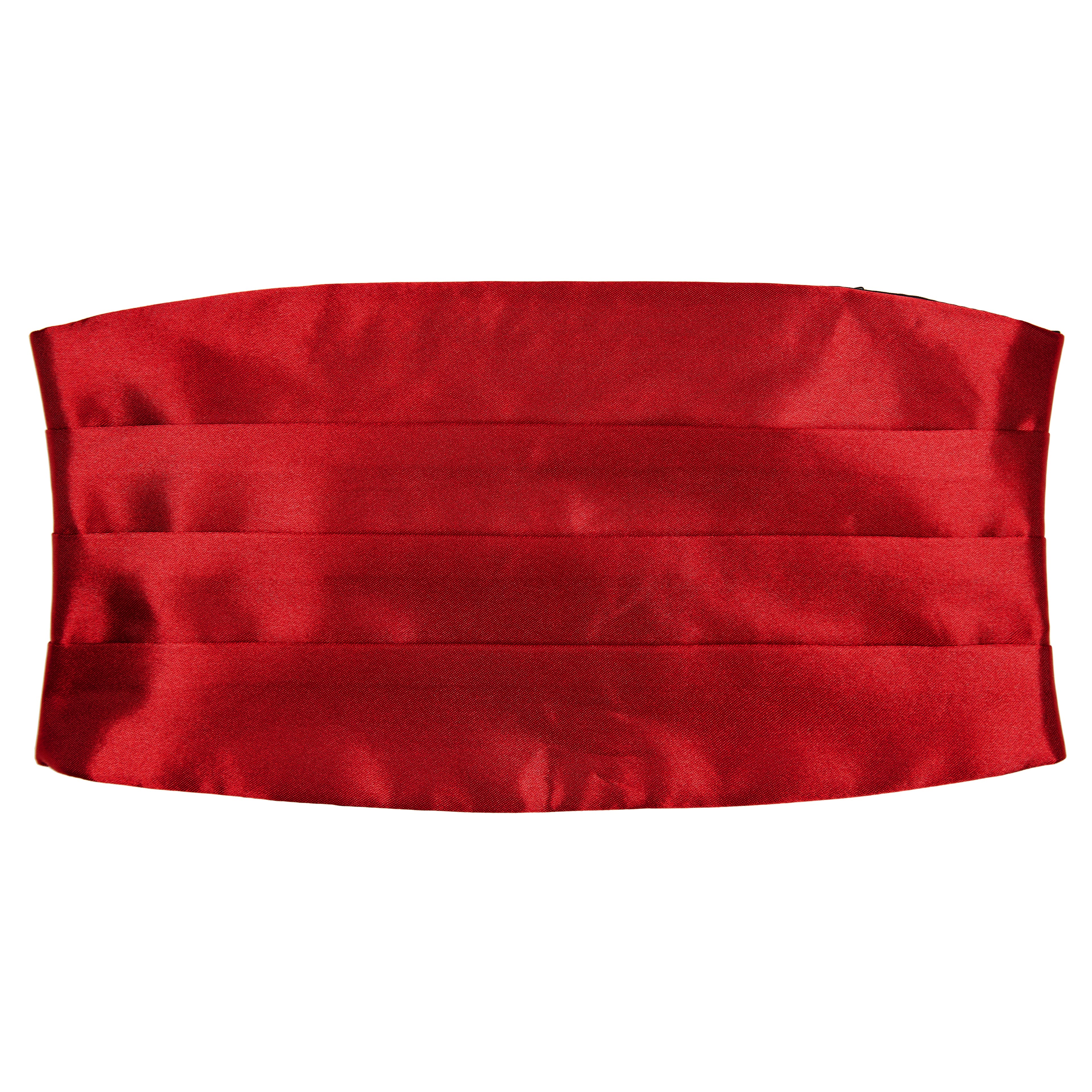
Shiny Red Basic Cummerbund
£17.99
5 Colours
Trendhim
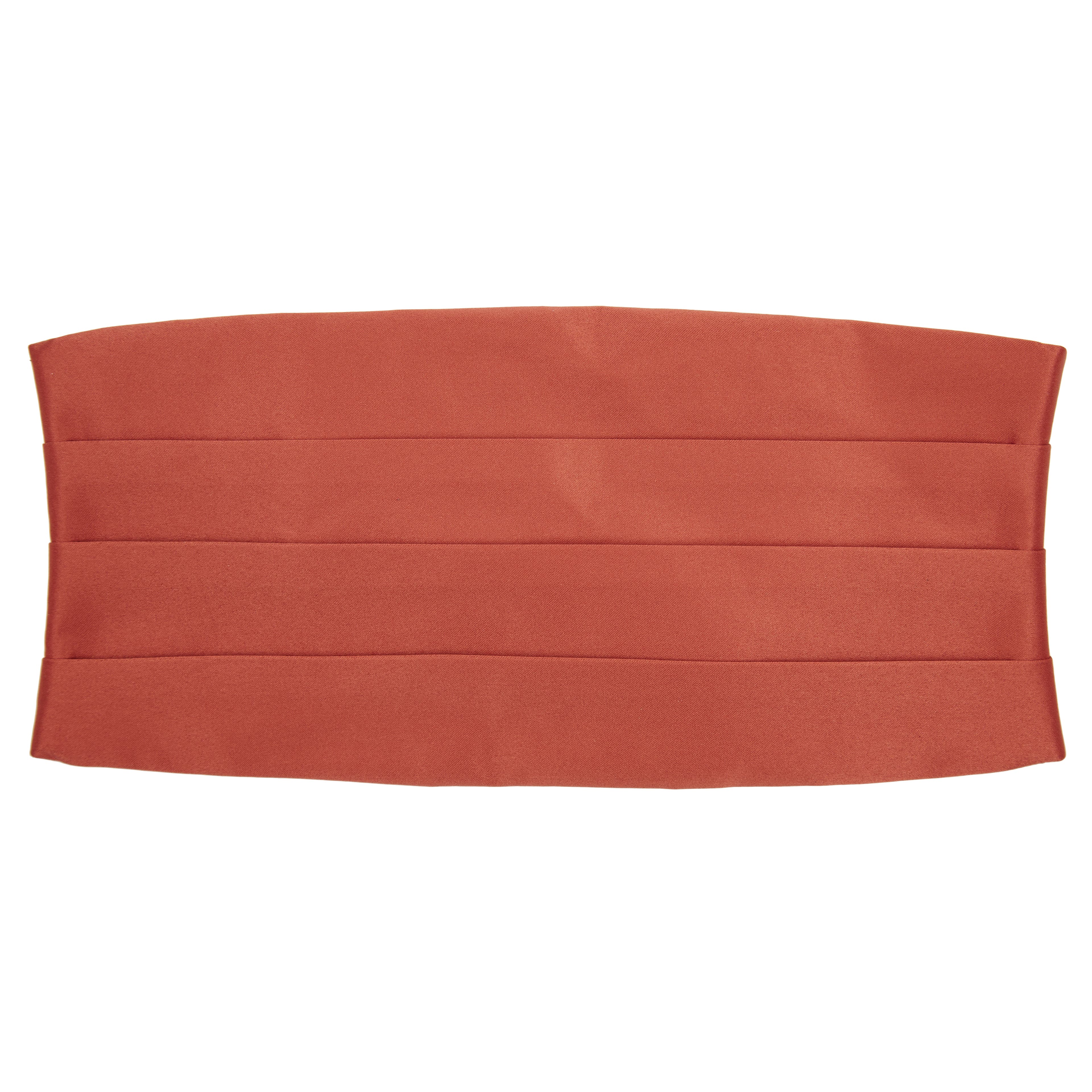
Terracotta Basic Cummerbund
£17.99
23 Colours
Trendhim
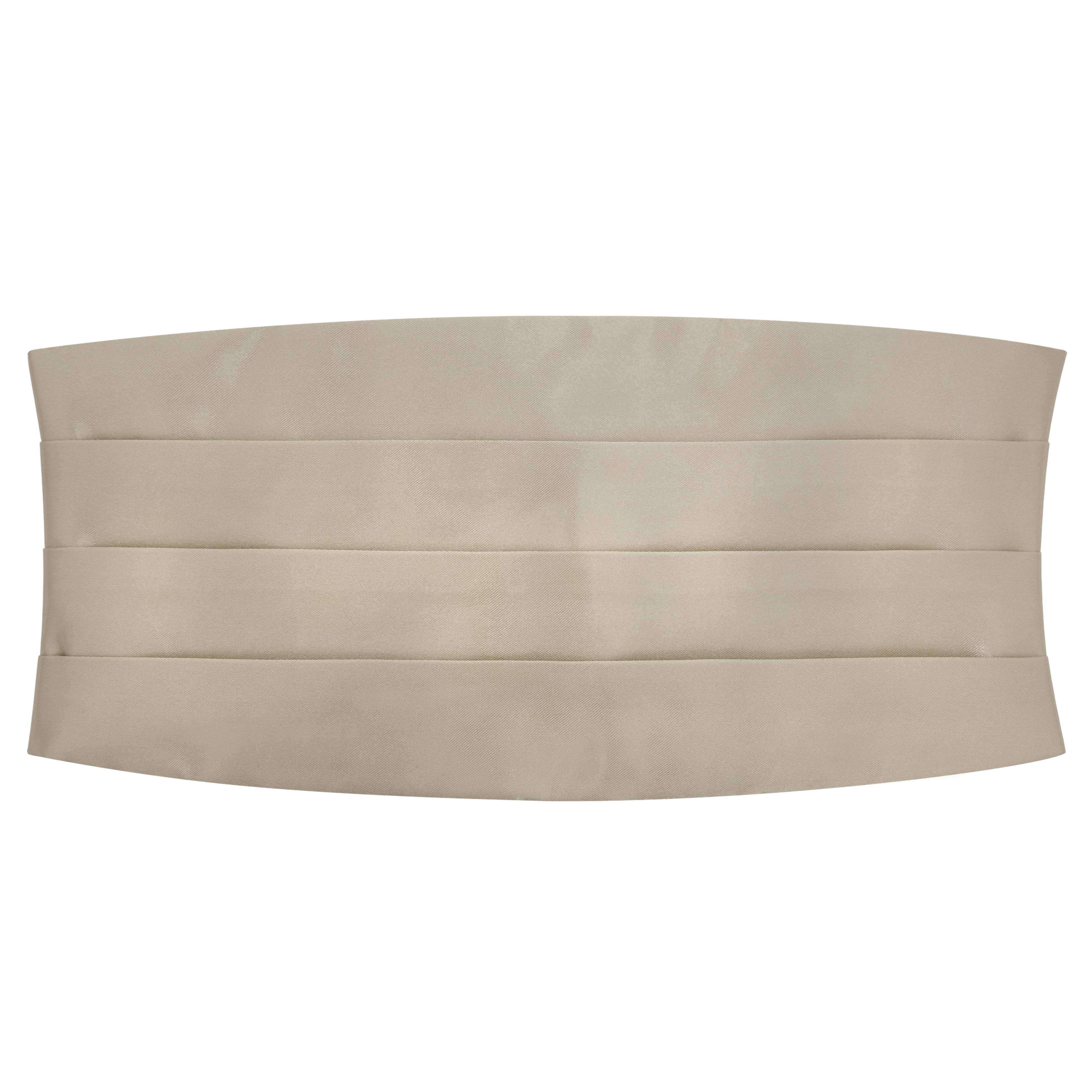
Shiny Champagne Basic Cummerbund
£17.99
5 Colours
Trendhim

Burgundy Basic Cummerbund
£17.99
23 Colours
Trendhim

Blue & Gold Paisley Pattern Silk Cummerbund
£44.99
Bohemian Revolt
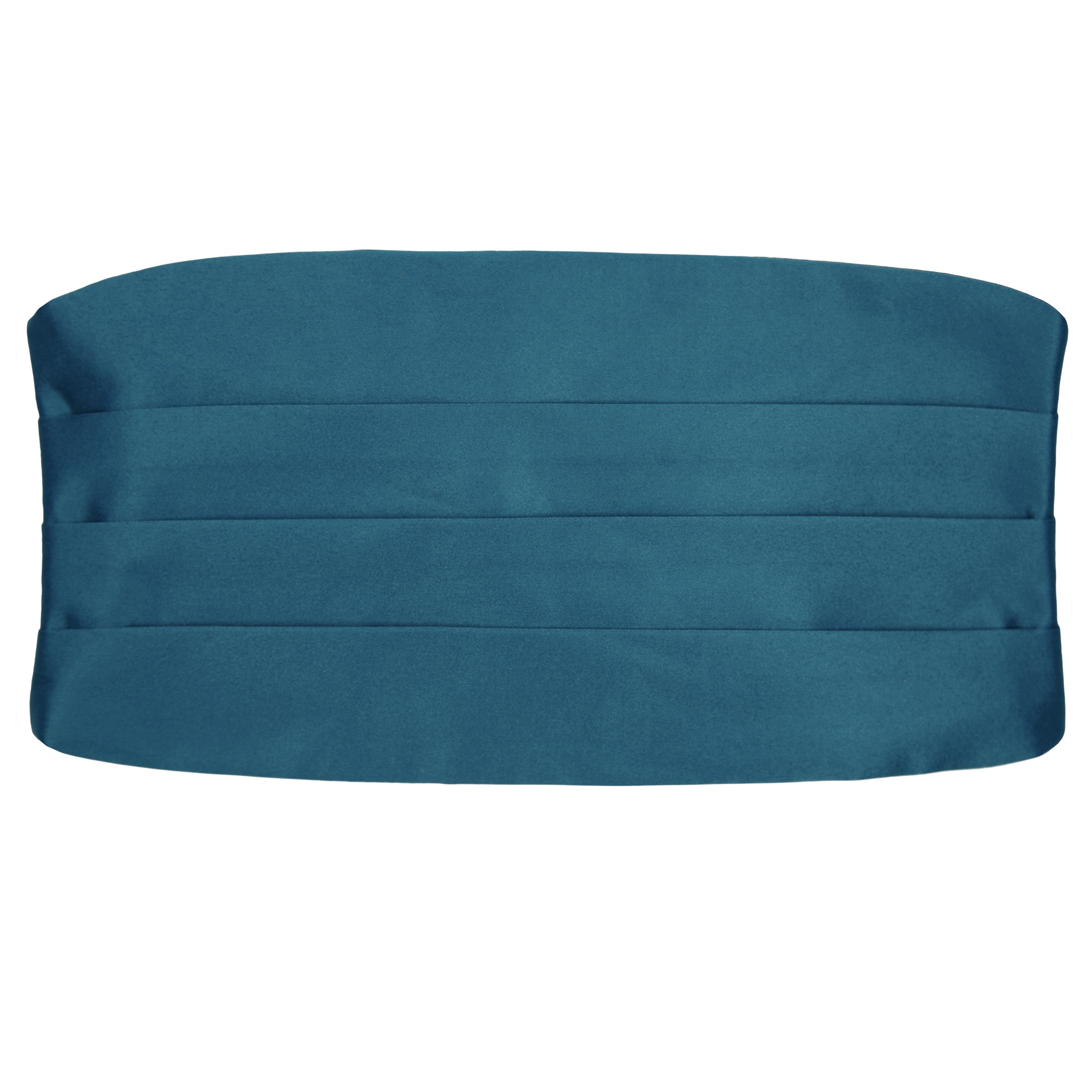
Petrol Blue Basic Cummerbund
£17.99
23 Colours
Trendhim
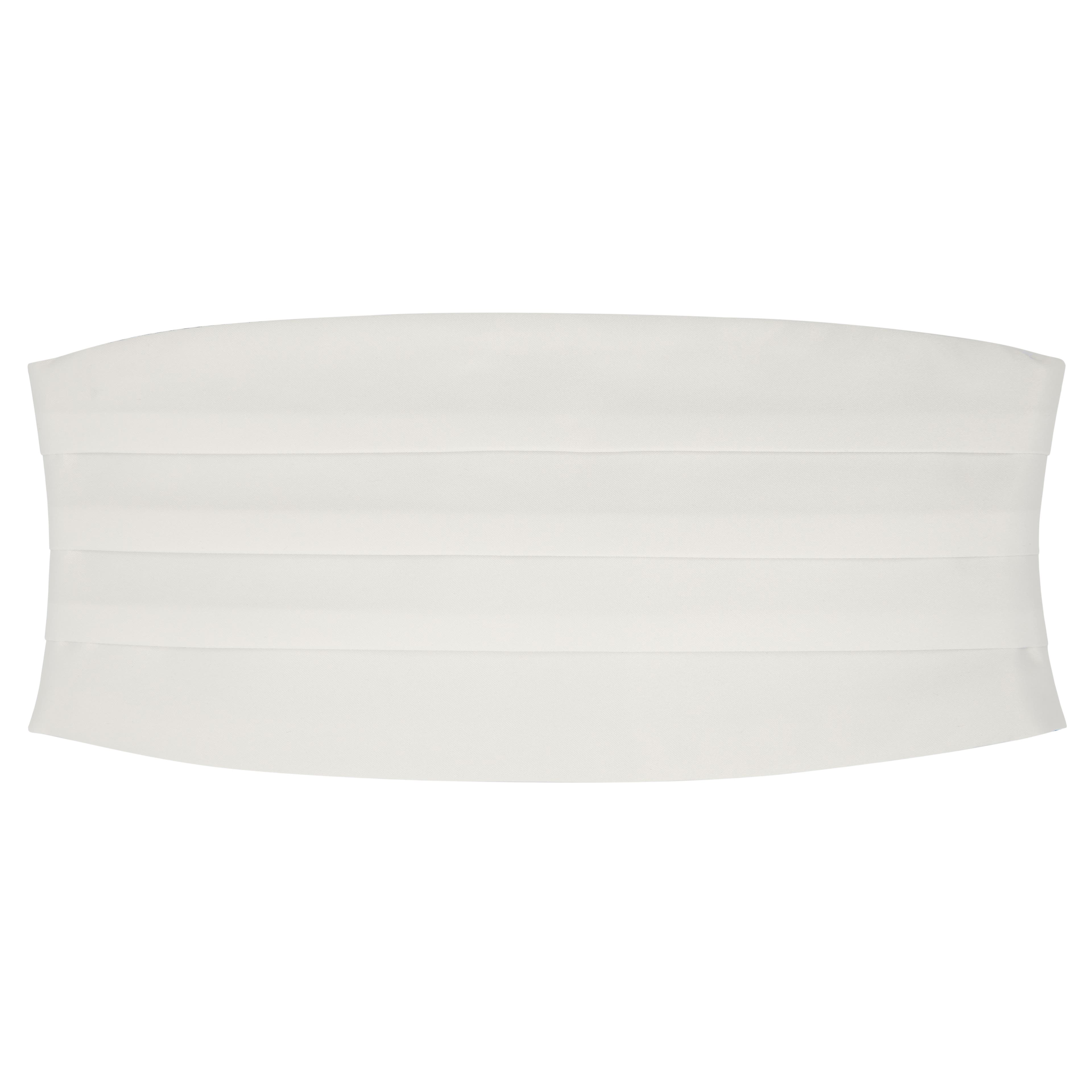
White Basic Cummerbund
£17.99
23 Colours
Trendhim
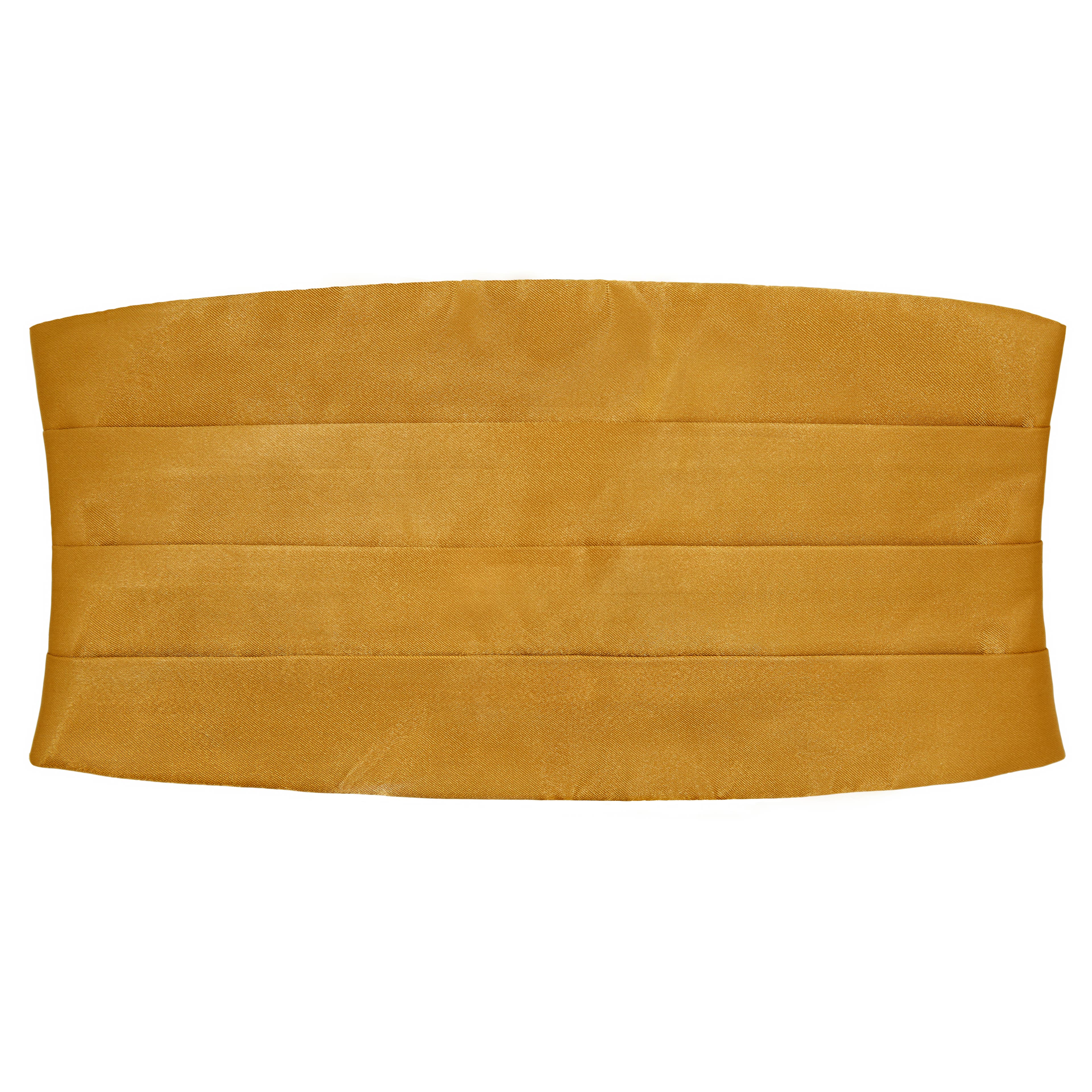
Autumn Yellow Basic Cummerbund
£17.99
23 Colours
Trendhim

Light Blue & Gold Paisley Pattern Silk Cummerbund
£44.99
Bohemian Revolt
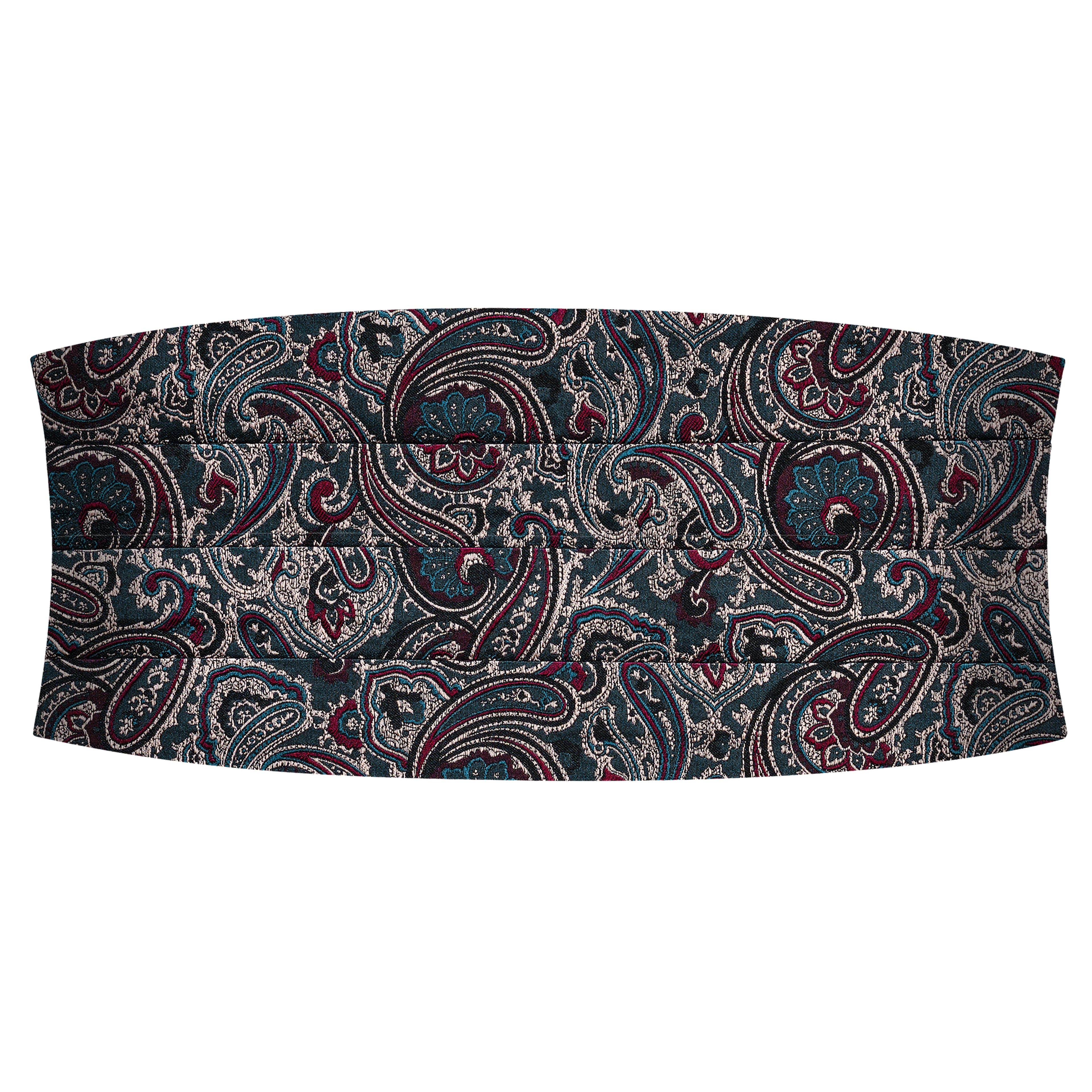
Dark Blue & Dark Green PAISLEY Pattern Silk Cummerbund
£44.99
Bohemian Revolt
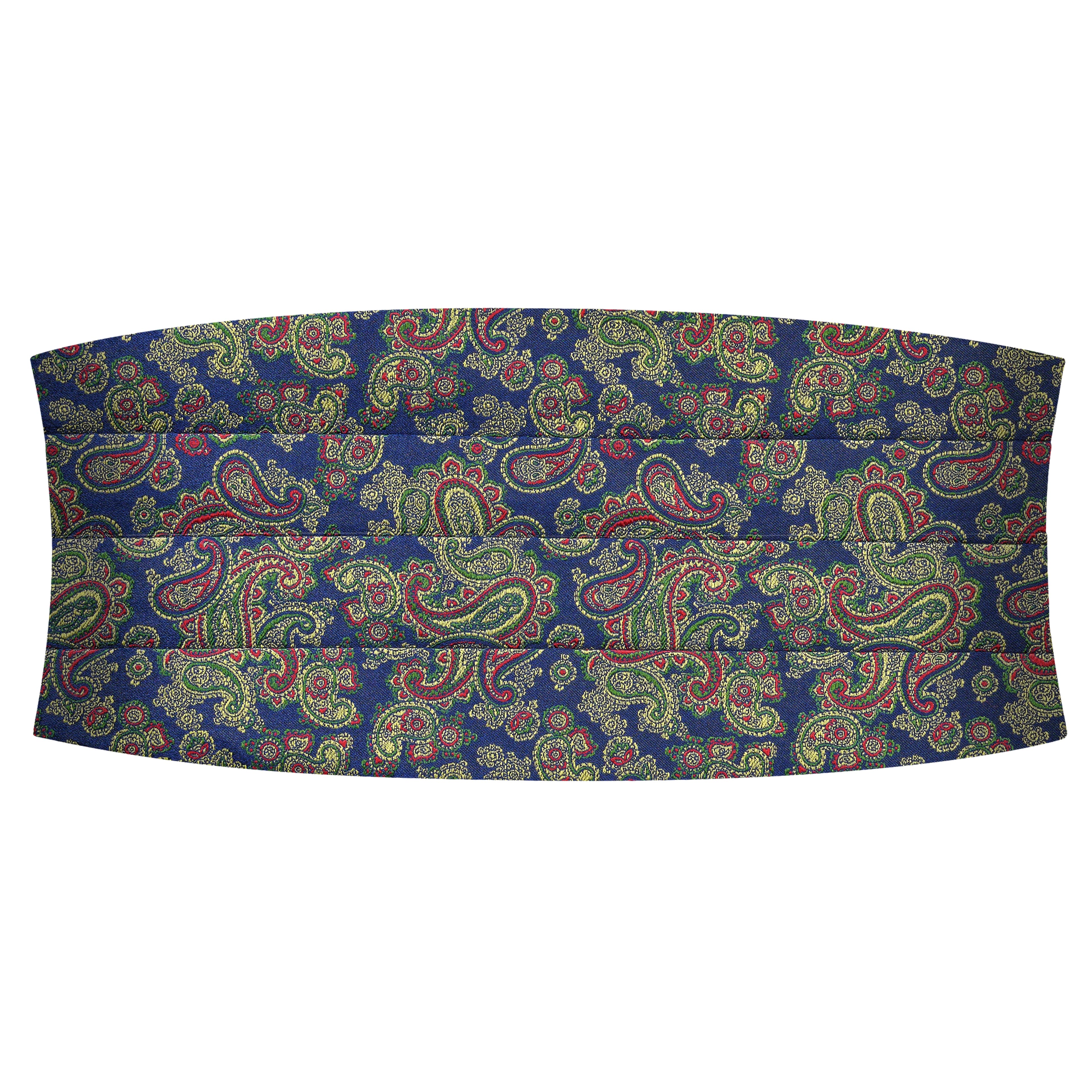
Colourful LIGHT BLUE PAISLEY Pattern Silk Cummerbund
£44.99
Bohemian Revolt
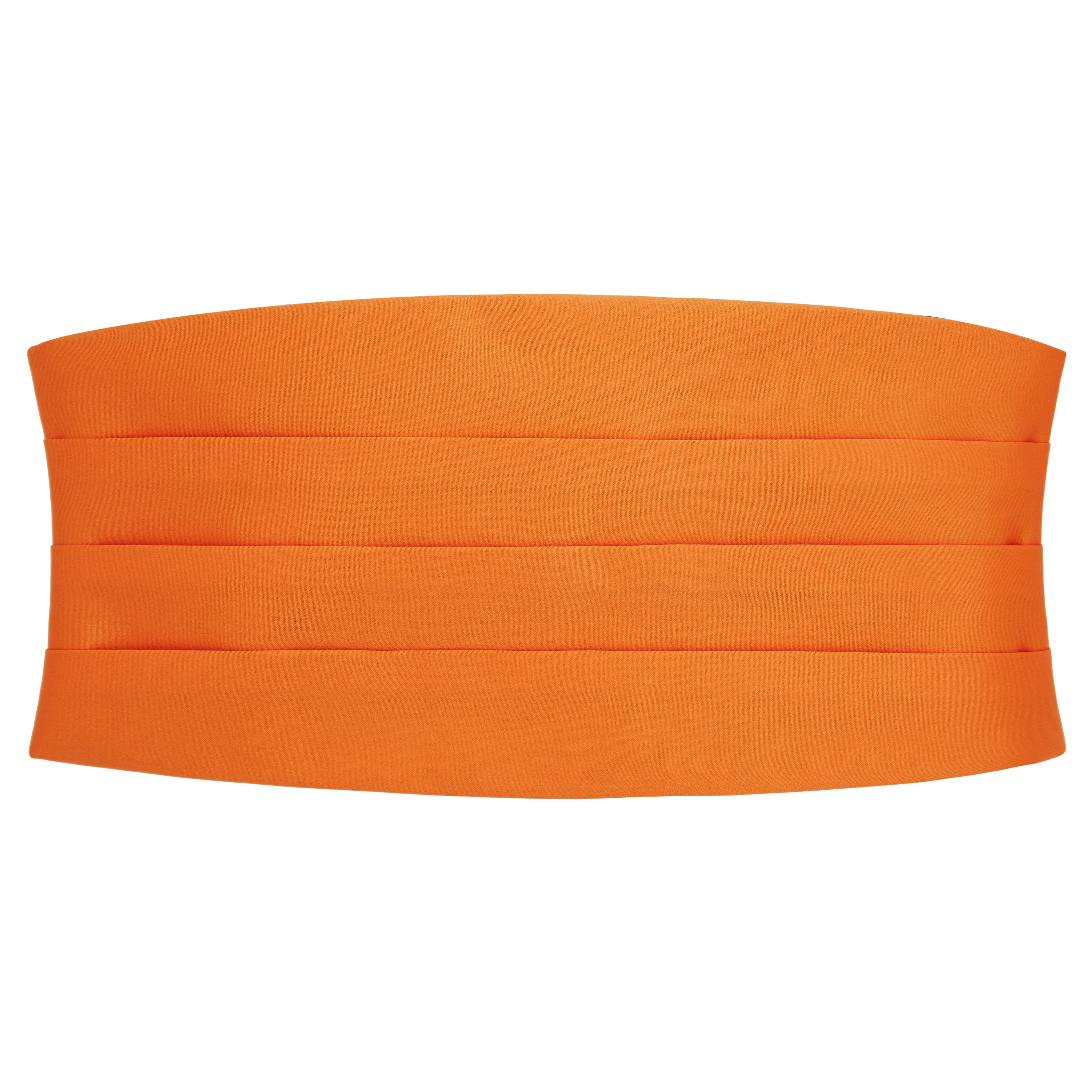
Screaming Orange Basic Cummerbund
£17.99
23 Colours
Trendhim
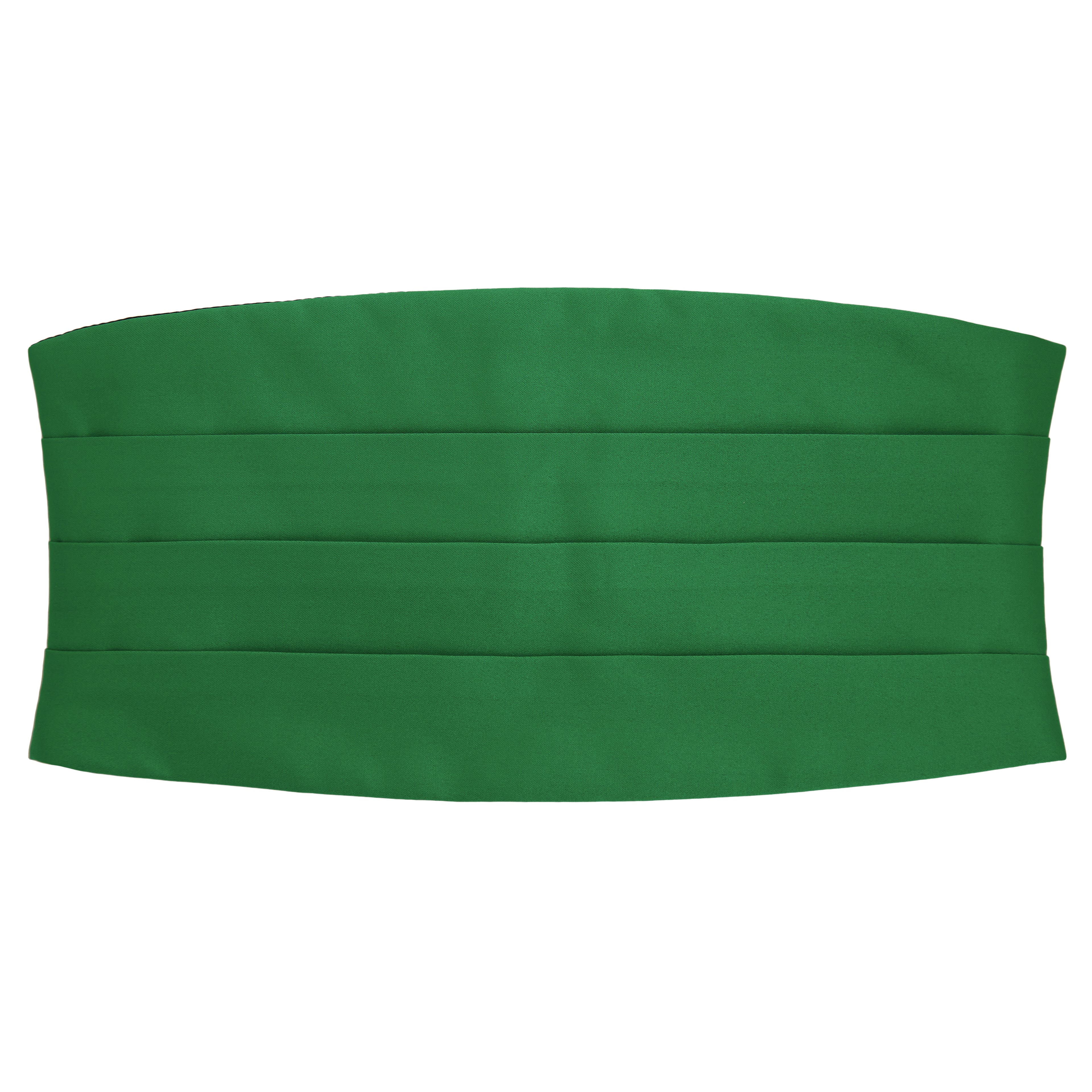
Emerald Green Basic Cummerbund
£17.99
23 Colours
Trendhim
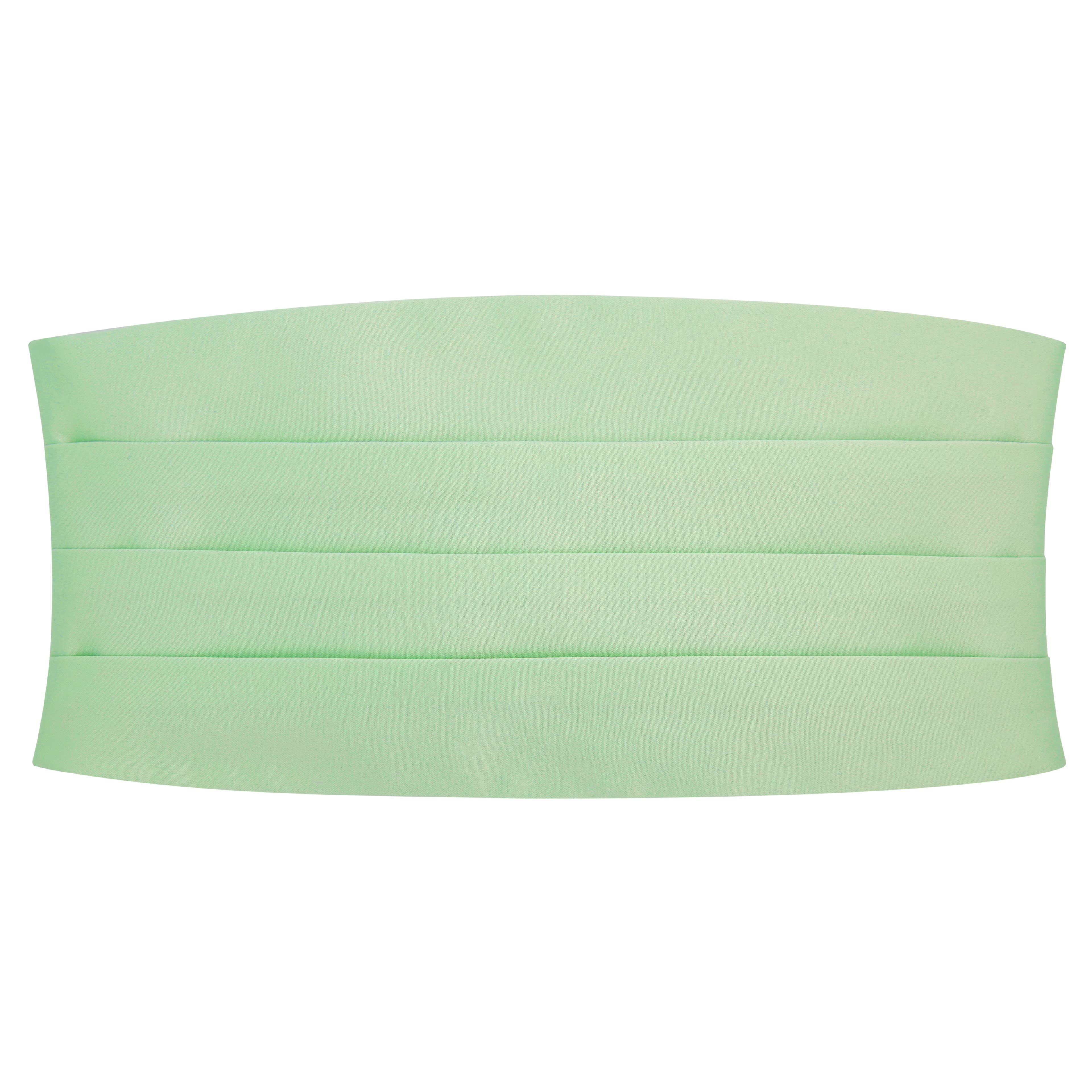
Mint Green Basic Cummerbund
£17.99
23 Colours
Trendhim
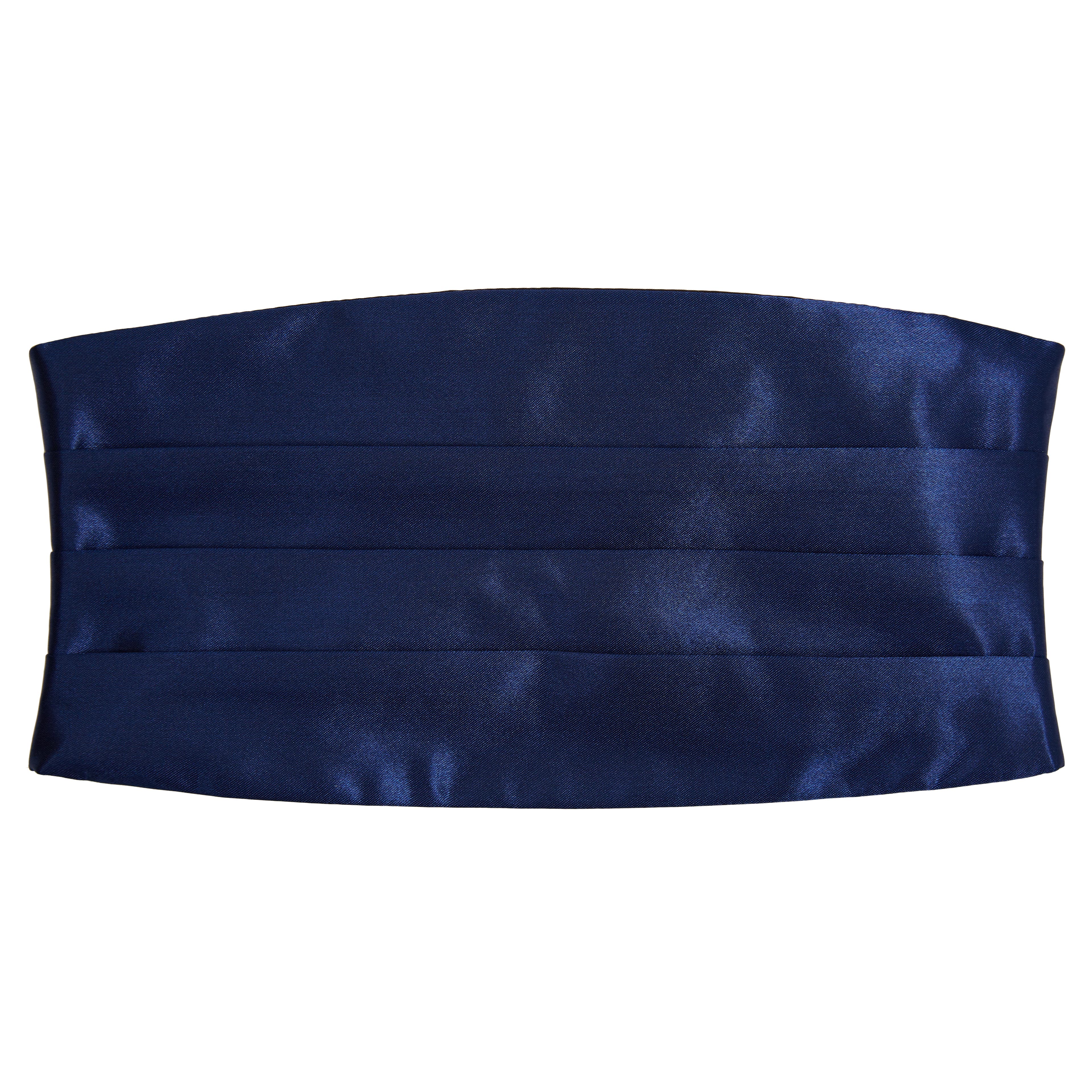
Shiny Navy Basic Cummerbund
£17.99
5 Colours
Trendhim
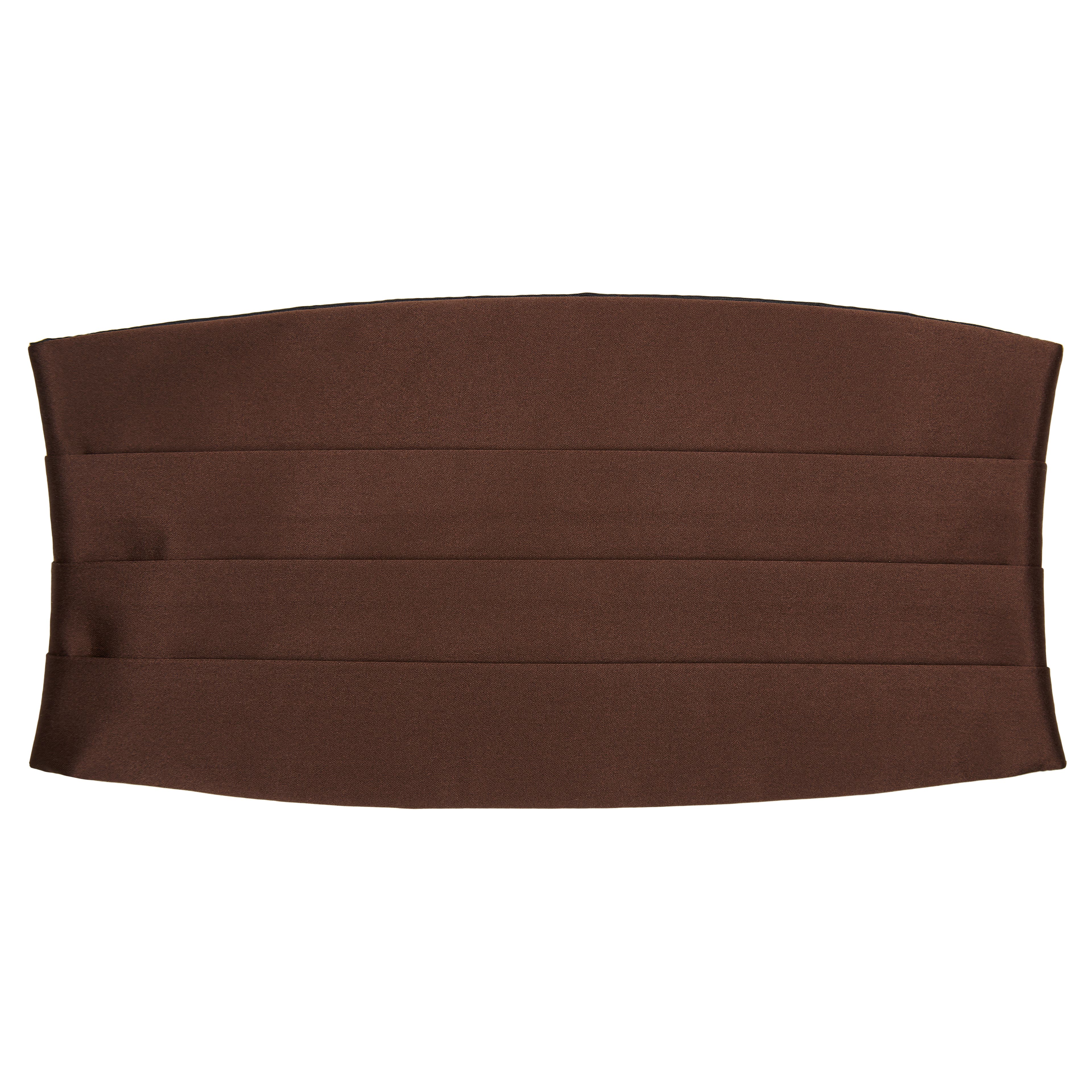
Brown Basic Cummerbund
£17.99
23 Colours
Trendhim

Charcoal Grey Basic Cummerbund
£17.99
23 Colours
Trendhim
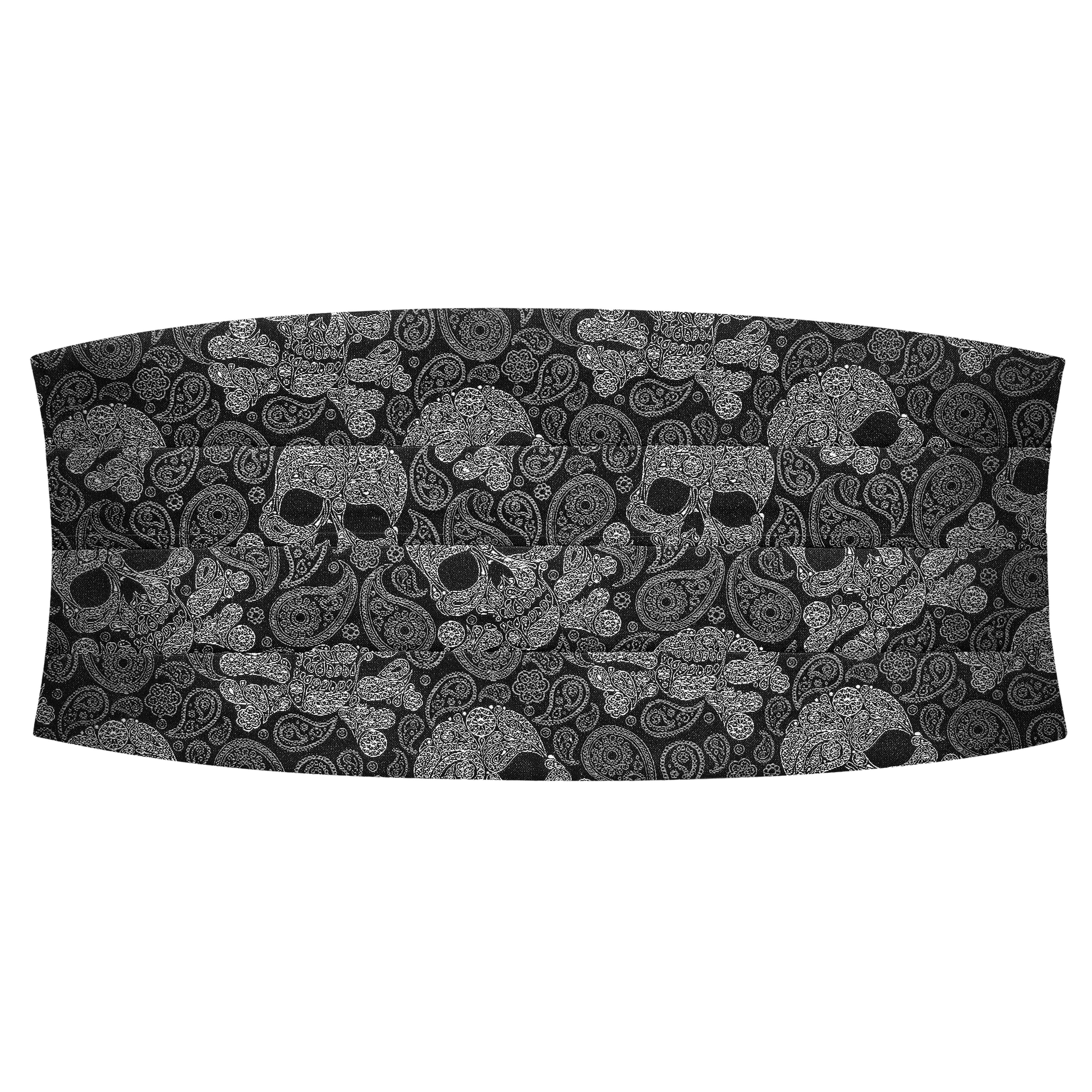
Black & Grey Skull Paisley Pattern Silk Cummerbund
£44.99
Bohemian Revolt
White & Blue Paisley Pattern Silk Cummerbund
£44.99
Bohemian Revolt
NAVY & LIGHT BLUE PAISLEY Pattern Silk Cummerbund
£44.99
Bohemian Revolt
BLUE & BORDEAUX CHEQUERED Pattern Silk Cummerbund
£44.99
Bohemian Revolt
Peach Cummerbund
£17.99
23 Colours
Trendhim
Lime Green Basic Cummerbund
£17.99
23 Colours
Trendhim
Ivory Basic Cummerbund
£17.99
23 Colours
Trendhim
Baby Blue Basic Cummerbund
£17.99
23 Colours
Trendhim
Canary Yellow Basic Cummerbund
£17.99
23 Colours
Trendhim
Powder Blue Basic Cummerbund
£17.99
23 Colours
Trendhim
Light Purple Basic Cummerbund
£17.99
23 Colours
Trendhim
Purple Basic Cummerbund
£17.99
23 Colours
Trendhim
Peacock Blue Basic Cummerbund
£17.99
23 Colours
Trendhim
Red Basic Cummerbund
£17.99
23 Colours
Trendhim
Turquoise Green Basic Cummerbund
£17.99
23 Colours
Trendhim
Leaf Green Basic Cummerbund
£17.99
23 Colours
Trendhim
Shiny Pink Basic Cummerbund
£17.99
5 Colours
Trendhim
Cummerbund tuxedo goodness
Cummerbunds and tuxedos were just meant to go together. The cummerbund elevates the formality of the tuxedo while the solemness of the tuxedo dials down the potential flashiness of the cummerbund. Cummerbunds are most often seen in a wedding setting with the men's cummerbunds coordinating with the bridal party's gowns. Cummerbunds make an excellent alternative to the waistcoat since its popularity tends to fall in and out of fashion on a regular basis.
Cummerbund history
The etymology of the word cummerbund has Persian roots - the original word being kamarbund. The anglicized version entered English vocabulary in the early 1600s. A cummerbund is simply a broad pleated waist sash worn with a formal jacket in lieu of a waistcoat. The British military adopted the look from Indian men and later, the trend spread to civilians.
Cummerbunds can be worn with the pleats facing up or down. The pleats were once employed for practical purposes to hold ticket stubs and other similar items. This earned the cummerbund the amusing nickname crumb-catcher. Formal cummerbunds were usually black, midnight blue, or maroon, but now come in every colour of the rainbow.
The modern use of cummerbunds is purely aesthetic and simply provides a transition between the tuxedo waistband and the shirt. These wide waist accessories may, or may not, match the neckwear and/or pocket square. Cummerbunds are now widely used around the world as part of military uniforms.
Why Wear a Cummerbund
If you've ever wanted to sport a cummerbund, but you weren't sure how or why you should, let us help you out! Cummerbunds are mainly worn as a substitute for a vest. Vests are great, but fall out of fashion from time to time and aren't always flattering on every shape. A cummerbund can add a dashing pop of colour to your formal ensemble while giving you an edge of elegance in its understated style.
For practical reasons, cummerbunds cover the awkward bunching that occurs when you tuck your shirt into your waistband. It also conceals unsightly belt loops. As a bonus, cummerbunds also have a slimming effect and can make your legs look longer as well. What's not to love?
How to wear a cummerbund
Cummerbunds fasten around the back of the waist. They're often adjustable and secure with hooks, velcro, or tied ribbons. They should be worn as an alternative to a waistcoat - never in addition to one. Pleats can be worn facing up or down, though down is more traditional. A good quality cummerbund made with luxe fabric and excellent craftsmanship is ideal for a top-notch formal look.

